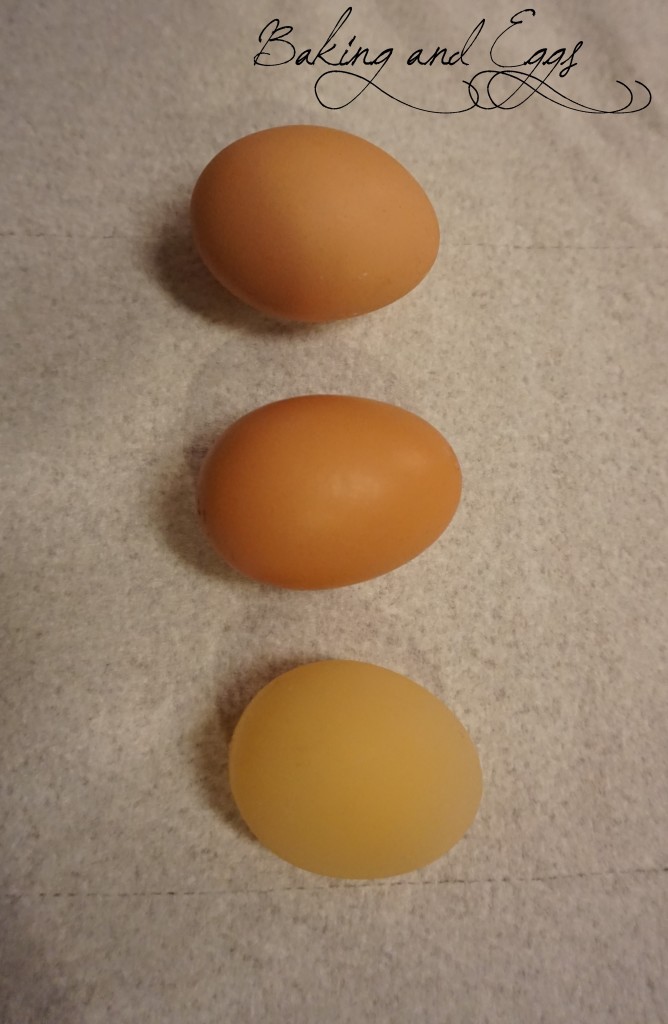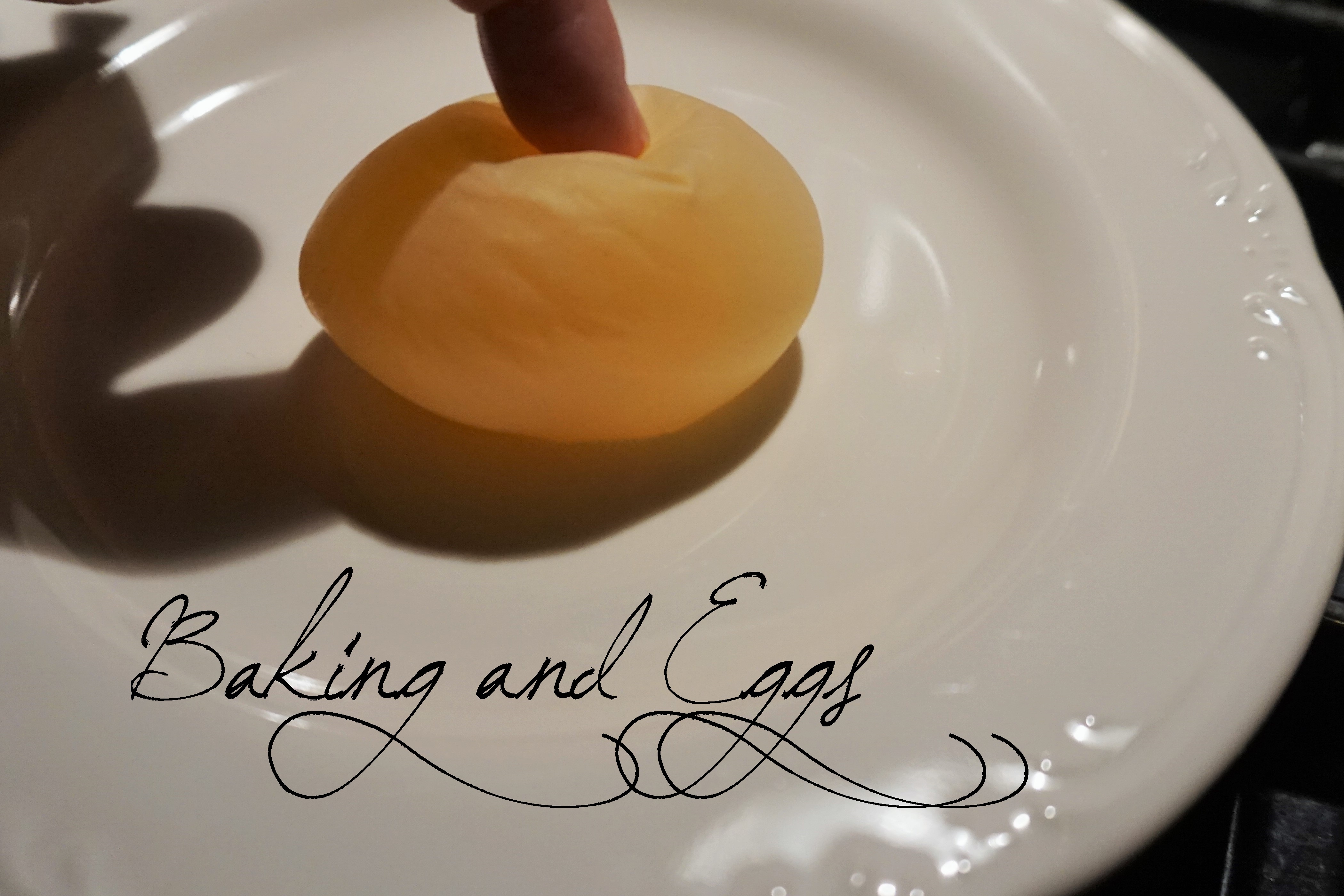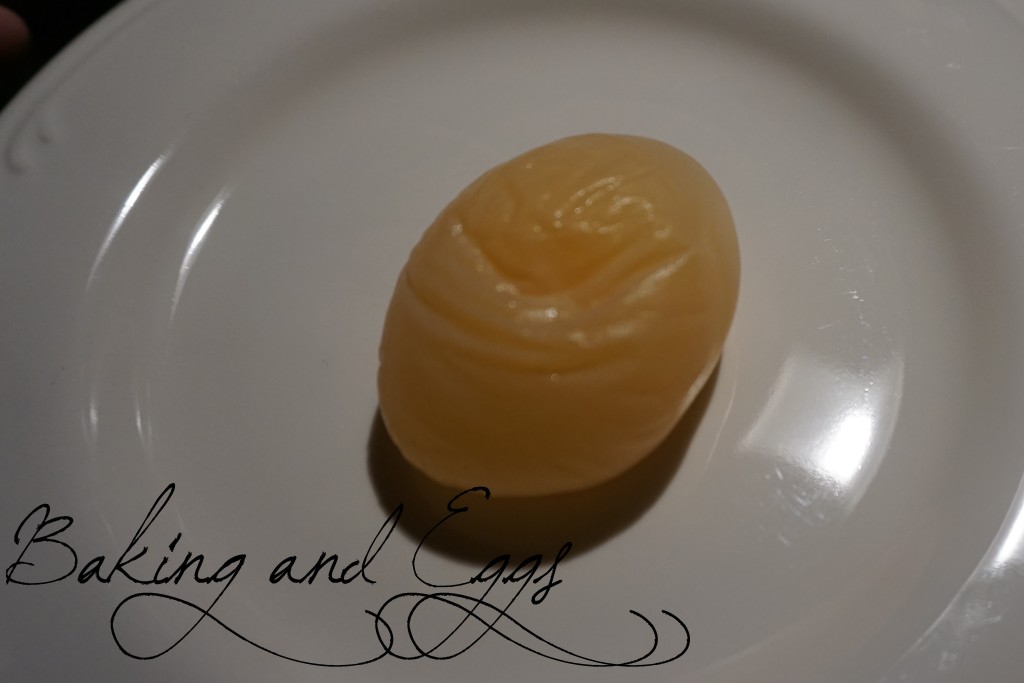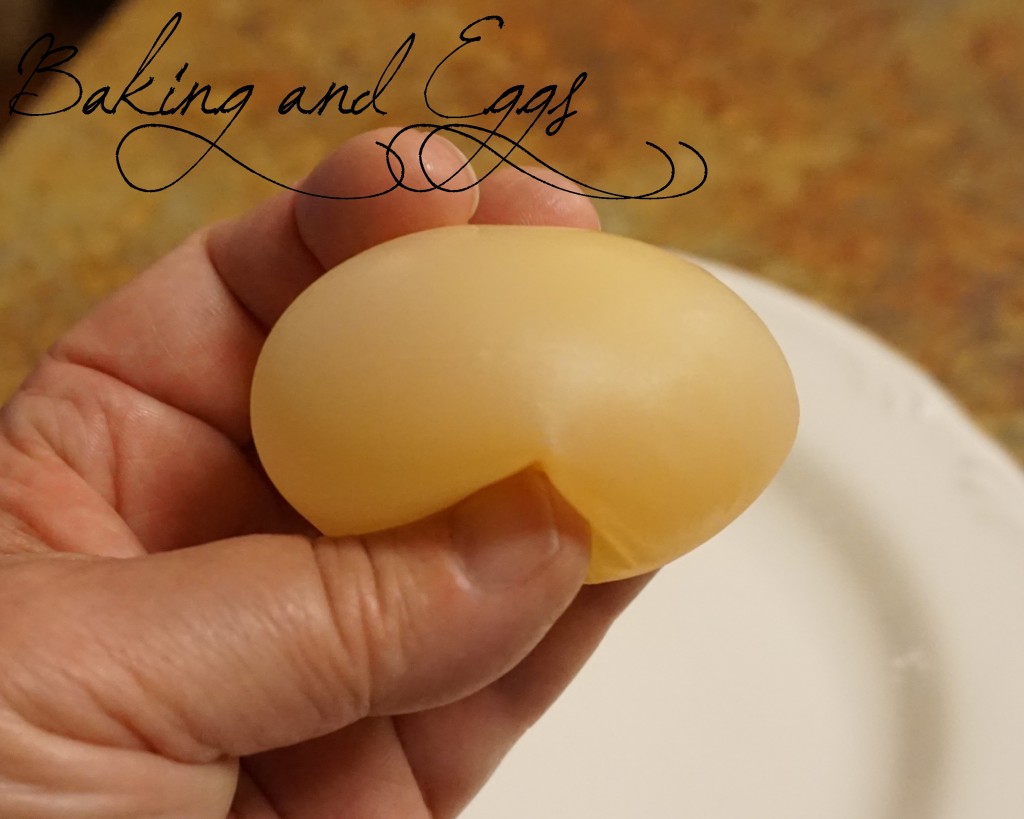
If you raise chickens, eventually you will encounter eggs that, for obvious reasons, never make it to the grocery store. One of those anomalies is the soft-shelled or shell-less egg. An occasional soft-shelled egg is no reason for concern. Reasons for these soft, squishy eggs incude:
Calcium Deficiency
Hens need an adequate amount of calcium in their diets in order to form hard egg shells. In addition to providing layer feed, provide supplemental calcium separately; the hen will take what she needs. The best sources of calcium are crushed oyster shell and crushed, dried egg shells – feed either or both.
Breed Type
Breeds that have been bred to be productive layers will often lay in excess of 300 eggs per year. An egg takes 24-26 hours to develop and if the hen releases an egg 12 hours after she laid an egg, it will not have had time to form a hard shell. These breeds are hard-working layers who often lay eggs faster than they can shell them.
Temperature
Excessive heat stresses a hen’s reproductive system. They consume less food and, therefore, do not require as much calcium during the summer which results in diminished shell thickness. As the temperatures drop, the hen’s appetite increases as well as her need for calcium, a requirement for a hard shell.
Age
Many hens at the beginning or end of their laying cycle will lay soft-shelled eggs. Pullets (hens that are less than a year old) sometimes will either hold an egg too long or release it too soon. If the egg is held too long, there might be excess calcium bumps on the shell. An egg that is released too soon will not have had adequate time to form a hard shell.
Diet
A poor diet can contribute to a host of problems including soft-shelled eggs. Free ranging chickens get plenty of vitamin D from the sun, a vitamin necessary for calcium metabolism. They also need protein which free rangers will get from bugs and other small reptiles. Chickens that don’t spend a majority of their day free ranging require a well-balanced diet which can be obtained from a high-quality layer feed and calcium.
Stress
Hens are sensitive little creatures! Many things can contribute to the stress of a hen which can affect egg quality. Since the shell of an egg is formed during the night while the hen is sleeping, a visit from a predator during the night can frighten the hen and cause her to release a shell-less egg. Other stressors: a change in the flock, weather, molting, bullying from other hens, insufficient water intake, nest box wars, lighting changes, and loud noises. Pay attention to where you find the soft-shelled egg. If you find it just outside of the nest box (as I have), you may be dealing with a bullying problem.
Overweight Hens
No more than 20% of the hen’s diet should come from scraps or treats. Again, a good high-quality layer feed is key. An overweight hen can develop many issues with her health and egg production. It’s very tempting to overindulge your girls with treats because they are so enthusiastic about treats! One thing to keep an eye on is the amount of scratch you offer your hens. Scratch should only be given during the winter months as it is hard to digest which helps keep chickens warm as their bodies work hard to digest the maze. A handful per hen, per day, is plenty. As with everything, moderation is key.
Other less common, more serious things to consider
- Parasites
- Genetics
- Egg Drop Syndrome
- Avian Flu
- Respiratory Infection
- Inflammation of the Oviduct
- Calcium Absorption Problems
The inside of a shell-less egg is no different from a regular egg. I would not suggest eating one of these eggs since there is no protective bloom on the shell which keeps bacteria at bay. Obviously, I couldn’t “crack” this egg. I tore the soft shell to open the egg. 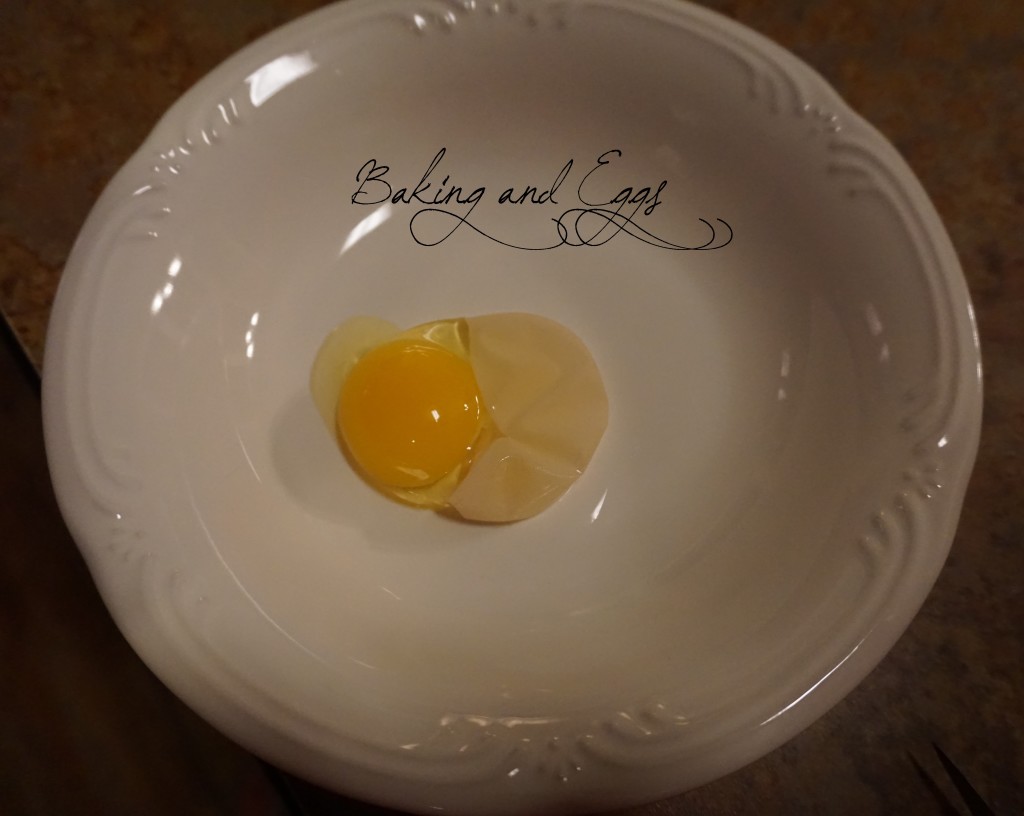
The top two eggs are normal, hard-shelled eggs. The shell-less egg on the bottom is visibly lighter and somewhat transparent. A shell-less egg is something like a water balloon, just not quite as dense.
